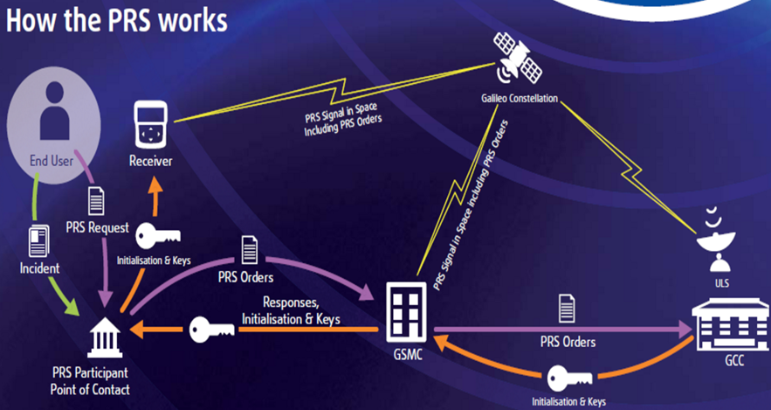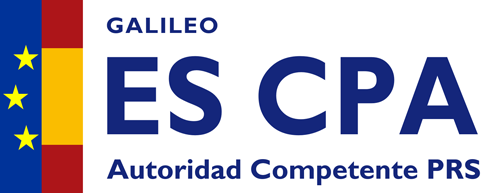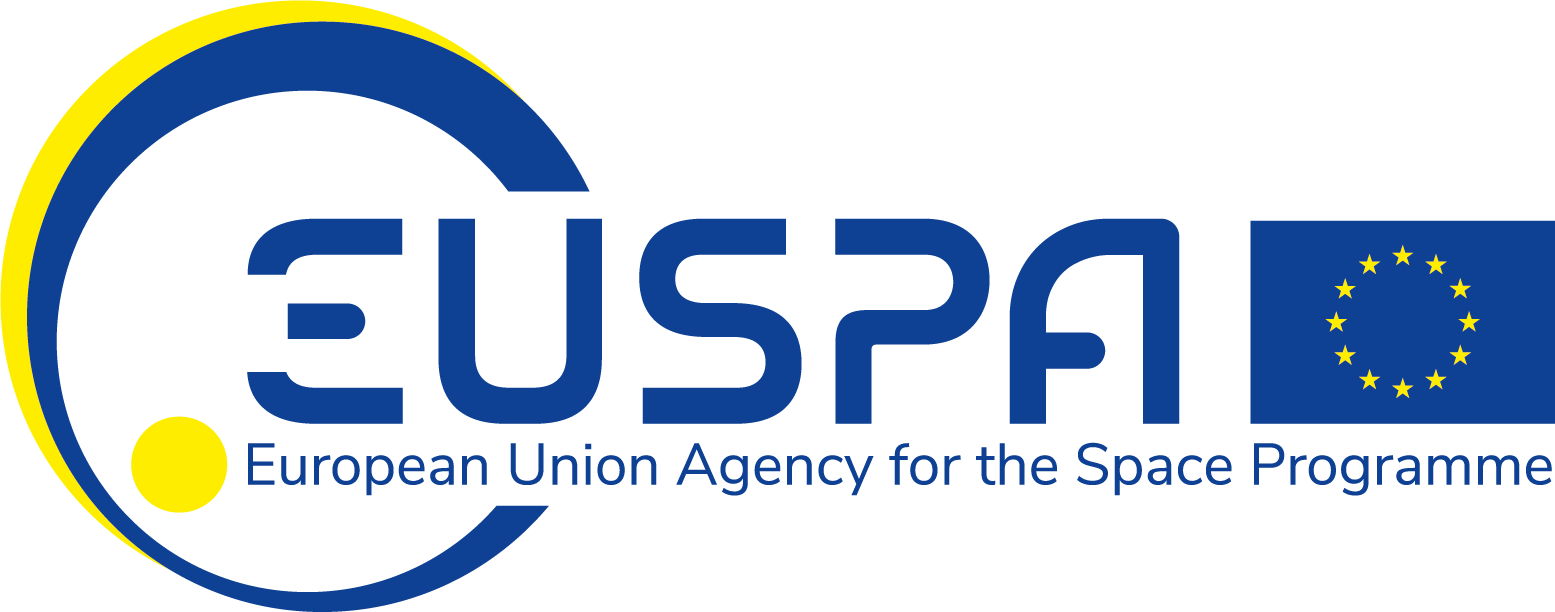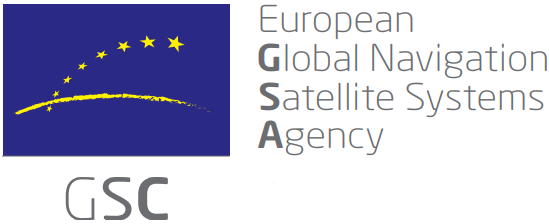What is Public Regulated Service (PRS)?
Among the variety of services provided by the Galileo system, one of them is the Public Regulated Service (PRS). The need for a Public Regulated Service arises from the analysis of possible threats to the Galileo system and the identification of scenarios where disturbance of the signal may result in damage to national security or economic activities in relevant geographical areas.
The purpose of the Public Regulated Service is to provide a secure service to Galileo users that have a compatible PRS receiver, providing them with position and time information. The input of PRS to the Galileo Open Service signal is that this information is encrypted, with a higher level of protection and operational at any time and circumstance. In addition, access to the service will only be possible through the prior authorization of the Spanish Competent PRS Authority (CPA).

As a result of its design, the PRS service makes it more difficult that the Galileo signal can be disturbed. Specifically, the service is more resistant to:
- Spoofing (identity theft): The transmission of false GNSS signals that impersonate the identity of the original signals may make the receiver think that it is in a different location than the one that is actually located.
- Jamming (interference): The transmission of radio frequency signals can degrade or block GNSS navigation services.
The profile of users of the Public Regulated Service includes, among others, security agencies (police, Civil Guard, firemen), emergencies (health, disaster assistance), defence, and users who have been previously authorized to use the service. The Regulated Public Service is provided by the Galileo system, but the management of different elements within it is shared between the GSA (GNSS Space Agency) and each Member State.
For the management of the PRS signal, there are some ground facilities and the constellation of Galileo satellites that transmit the signal in space to the different receivers. Ground facilities that play an important role are:
- CPA (Competent PRS Authority): The Competent PRS Authority is the entity responsible for the management and supervision of the users of the PRS system, as well as facilitating relations between the different institutions in charge of its security.
- GSMC (Galileo Security Monitoring Centre): The Galileo Security Monitoring Centre guarantees that sensitive information related to the use of the Public Regulated Service (PRS) is properly managed and protected. It also serves as an interface with government entities for requests for cryptographic keys and with the basic components of Galileo for the management of signal messages related to satellites.
- GCC (Galileo Control Centre): The main duties of the Galileo Control Centre are the monitoring and control of the space segment, the processing of data and system assets distributed throughout the world. Likewise, it is also responsible for supporting ground activities prior to the launch of satellites.
The information that reaches the PRS receivers through the signal in space contains two functionally separate parts:
- Navigation information: The necessary information that, through the application of the algorithms associated with Galileo, allows the receivers to obtain position, speed and time data.
- Additional information: The information associated with the management of users, keys, orders, etc. needed to get access to the PRS service.
Benefits
Galileo Public Regulated Service (PRS) is accessible through two radiofrequency signals, one in the 1575.45 MHz band and another in the 1278.75 MHz band, both of which are transmitted continuously and at different frequencies with respect to the Galileo Open Service.

The main benefits of the Public Regulated Service can be summarized as follows:
- Integrity of signal, with alarm that warns of the degradation in the quality of the positioning shown to the user.
- Continuity of signal, ensuring that once a positioning is obtained, it will be valid for the necessary period of time.
- Protection against spoofing.
- Protection against interference (jamming).
Applications
Galileo Public Regulated Service (PRS) is designed to be used by entities authorized by Member States of the European Union.
The main features ofthe PRS are:
- Encrypted information service providing with positioning, speed and time data that is only accessible to authorized users.
- Ensures the continuity and authentication of the service to its users when access to other navigation services is not operational.
- In case of signal attacks through interferences, the PRS Service increases the probability of availability of the navigation service.
PRS applications are aimed at the following potential users:




